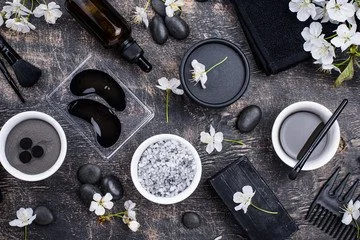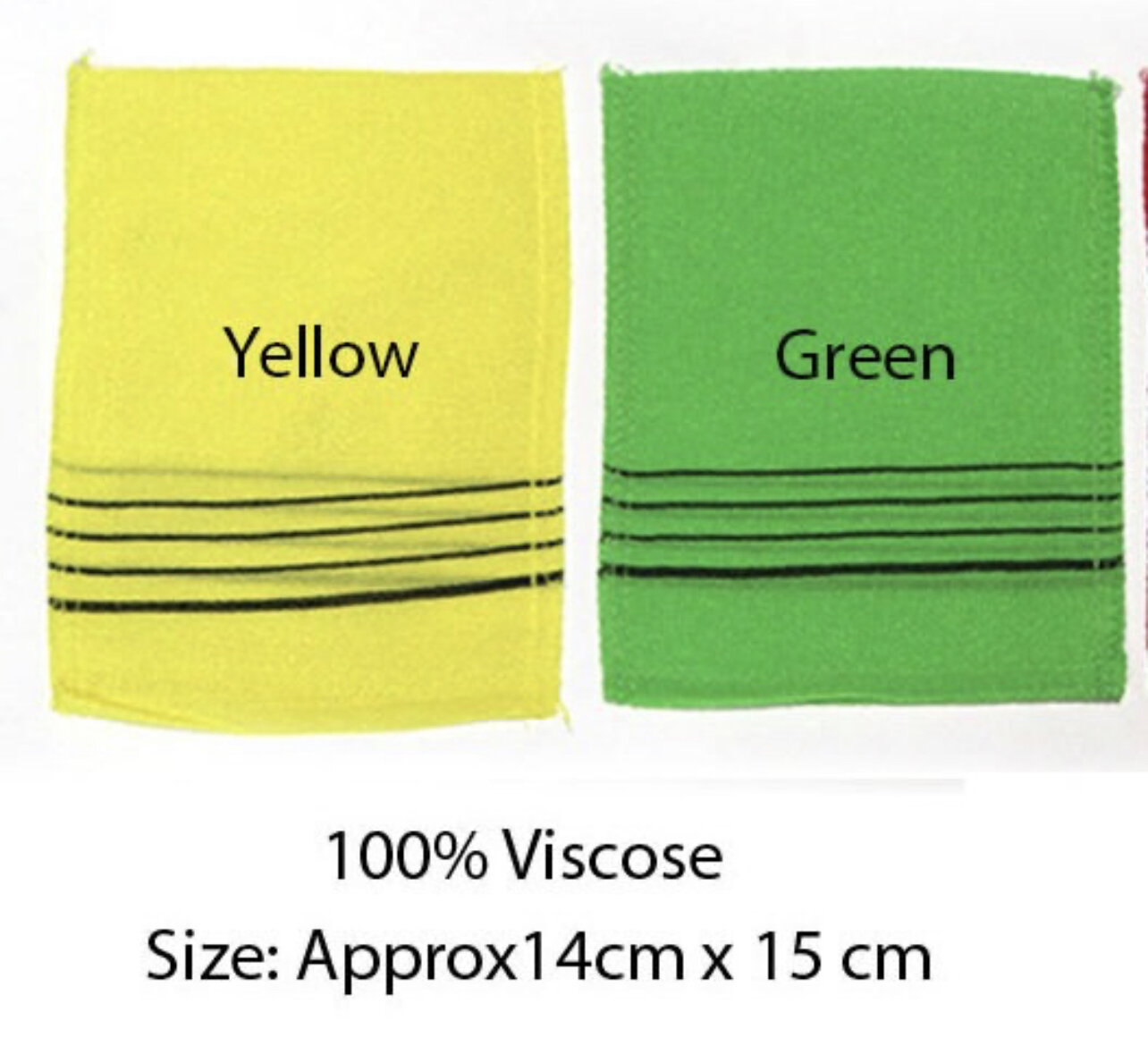 Image 1 of 5
Image 1 of 5

 Image 2 of 5
Image 2 of 5

 Image 3 of 5
Image 3 of 5

 Image 4 of 5
Image 4 of 5

 Image 5 of 5
Image 5 of 5






Konjac Face Sponge
Konjac is a common name of the East and Southeast Asian plant Amorphophallus konjac, which has an edible corm. Konjac sponges were invented by Japanese farmers and originally used to wash babies' skin because the sponge is so gentle and natural.
Konjac sponges turn incredibly soft when put in water. It gently yet thoroughly cleanses your face and does a great job of removing makeup. You don't have to use as much cleanser as you usually do with this sponge; half your normal amount should do it.
Konjac sponges come in a variety of colors. The colors are based on active ingredients. If the konjac sponge is dark gray, that means it contains charcoal. If it's green, it contains green tea or green clay. If it's white, there can be Kaolin clay, and if it's red, it probably has French red clay. There's also a blue clay konjac sponge and a yellow clay konjac sponge. The options are endless!
Even though some sponges claim to be antibacterial, they're not self-cleaning. Konjac should be rinsed after every use and discarded after a month. Feel free to use the sponge all over your own body, especially on areas (like the chest or back) that may be acne-prone and need an extra deep clean.
Time to exfoliate!
Konjac is a common name of the East and Southeast Asian plant Amorphophallus konjac, which has an edible corm. Konjac sponges were invented by Japanese farmers and originally used to wash babies' skin because the sponge is so gentle and natural.
Konjac sponges turn incredibly soft when put in water. It gently yet thoroughly cleanses your face and does a great job of removing makeup. You don't have to use as much cleanser as you usually do with this sponge; half your normal amount should do it.
Konjac sponges come in a variety of colors. The colors are based on active ingredients. If the konjac sponge is dark gray, that means it contains charcoal. If it's green, it contains green tea or green clay. If it's white, there can be Kaolin clay, and if it's red, it probably has French red clay. There's also a blue clay konjac sponge and a yellow clay konjac sponge. The options are endless!
Even though some sponges claim to be antibacterial, they're not self-cleaning. Konjac should be rinsed after every use and discarded after a month. Feel free to use the sponge all over your own body, especially on areas (like the chest or back) that may be acne-prone and need an extra deep clean.
Time to exfoliate!




























